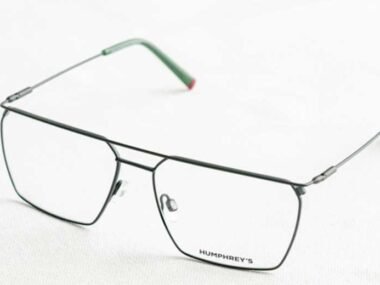Sustainable swimwear is transforming the fashion industry, blending style with environmental responsibility. Consumers demand eco-friendly options, and brands respond with innovative materials, ethical production, and stylish designs that do not compromise sustainability. The swimwear trends 2025 highlight a commitment to reducing waste, promoting fair labor practices, and embracing slow fashion.
Eco-friendly fabrics revolutionizing swimwear
Traditional swimwear materials contribute to pollution, but sustainable alternatives are taking center stage. Recycled nylon, made from discarded fishing nets and plastic waste, is among the most popular choices. It provides durability while reducing environmental impact. Organic cotton is also emerging as a sustainable option, offering comfort without harmful chemicals. Some brands are experimenting with bio-based fabrics derived from renewable resources, ensuring a greener future for swimwear.
Ethical production and fair wages
Consumers are more conscious than ever about how their clothing is made. Sustainable swimwear brands prioritize ethical production, ensuring fair wages and safe working conditions for laborers. Transparency is a growing trend, with brands openly sharing details about their supply chains. This commitment allows shoppers to make informed choices that align with their values while supporting responsible fashion practices.
Stylish designs meet sustainability
Sustainable swimwear is not limited to basic designs. The latest trends showcase bold patterns, vibrant colors, and unique silhouettes that appeal to fashion-conscious buyers. From high-waisted bikinis to asymmetrical one-pieces, eco-friendly swimwear is as trendy as it is responsible. Even statement pieces like gold metallic swimwear are gaining popularity, proving that sustainability does not mean sacrificing style. These innovative designs ensure that eco-conscious shoppers have plenty of fashionable options.
Biodegradable and circular fashion innovations
A significant breakthrough in 2025 is the rise of biodegradable swimwear. Made from plant-based materials, these swimsuits naturally decompose at the end of their lifecycle, reducing landfill waste. Some brands also focus on circular fashion, designing swimwear that can be repurposed or recycled into new garments. This approach supports the circular economy, making fashion more sustainable and less wasteful.
Slow fashion’s growing influence
Fast fashion has led to excessive waste, but the industry is shifting towards slow fashion. Sustainable swimwear brands encourage consumers to invest in timeless pieces that last multiple seasons. Slow fashion reduces frequent replacements by focusing on durability and classic styles, lowering overall consumption and environmental impact.
Inclusivity in sustainable swimwear
Sustainability also drives inclusivity, with brands expanding their size ranges and designs to cater to all body types. The body positivity movement influences swimwear collections, ensuring everyone feels confident in their choices. Styles like the American flag bikini are becoming more accessible, blending eco-conscious materials with trendy aesthetics. This shift makes sustainable fashion more inclusive and appealing to a broader audience.
The sustainable swimwear trends of 2025 highlight a significant shift towards responsible fashion. With eco-friendly fabrics, ethical production, biodegradable materials, and slow fashion principles leading the way, consumers now have more sustainable choices. As more brands embrace these innovations, sustainable swimwear proves that style and environmental responsibility can go hand in hand. Choosing eco-friendly swimwear is not just a passing trend—it is a step toward a greener future for fashion.










